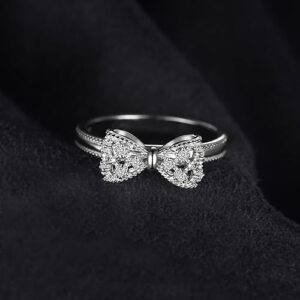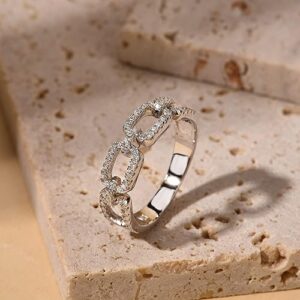Discover the Secrets Behind the Value of These Timeless Gems
Pearls are often called the “queen of gems” for a reason. They’ve symbolized elegance and sophistication for centuries—and they never go out of style. But when it comes to buying or selling pearls, one big question comes up: How much are pearls actually worth?
Well, there isn’t just one price tag. The value of a pearl depends on many different things. Let’s break it down in a way that’s easy to understand.
How Much are Pearls Worth?
It depends on the type, quality, and size:
| Pearl Type | Typical Price Range |
|---|---|
| Natural Pearls | Can exceed $100,000 per piece |
| Akoya | $100 – $10,000 |
| Freshwater | $30 – $2,000 |
| Tahitian | $150 – $20,000 |
| South Sea | $500 – $100,000+ |
Natural Pearls
Natural pearls are the rarest and most valuable type of pearls because they form without any help from humans. They happen when a small irritant, (like a grain of sand) enters inside an oyster or mollusk. The mollusk then covers this irritant with layers of nacre, (the material that creates a pearl). Because of overfishing and changes in the environment, natural pearls are very hard to find today, making them highly desired by collectors and experts.
Price Range:
- Small (5–6mm): $500 – $2,000
- Medium (7–8mm): $2,000 – $10,000
- Large (9mm+): $10,000 – $100,000+
(Note: prices can vary based on shape, luster, origin, and certification)
Cultured Pearls
Cultured pearls are the most common type of pearls you’ll find today. They are made with human help. To create a cultured pearl, a small bead or piece of tissue is carefully placed inside an oyster or mollusk. The mollusk then covers the bead with layers of a substance called nacre, which eventually forms the pearl.
The quality and value of cultured pearls depend on a few things, like the type of mollusk used and the environment where they are grown.
Cultured pearls are further divided into four primary types:
Akoya Pearls
Akoya pearls are known for their high luster, perfectly round shape, and classic white or cream color. They are often seen as the ideal choice for traditional pearl jewelry and are especially popular for necklaces and earrings.
Price Range:
- Small (5–6mm): $100–$300
- Medium (7–8mm): $500–$2,500
- Large (9–10mm): Up to $6,000+
On Amazon: Akoya pearl jewelry ranges from $50 for basic items to $9,000+ for luxury pieces.
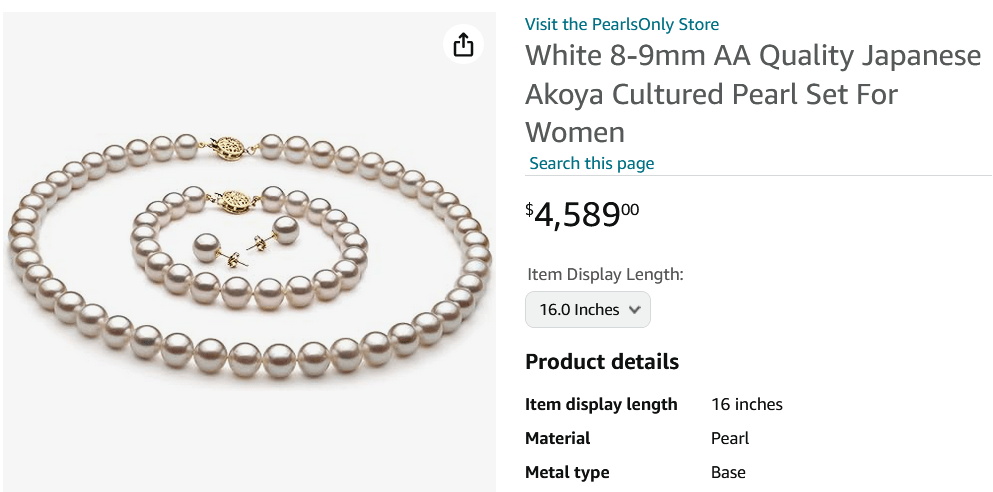
Freshwater Pearls
Freshwater pearls are typically cultivated in mussels rather than oysters and come in a wide variety of shapes and colors. They are often less expensive than saltwater pearls, but high-quality freshwater pearls can still be quite valuable.
Price Range:
- Small (6–7mm): $20–$150
- Medium (8–9mm): $80–$500
- Large (10–11mm): Up to $1,200+
On Amazon: You’ll find freshwater pearl jewelry starting at just $10, with premium items going up to $1,000+.
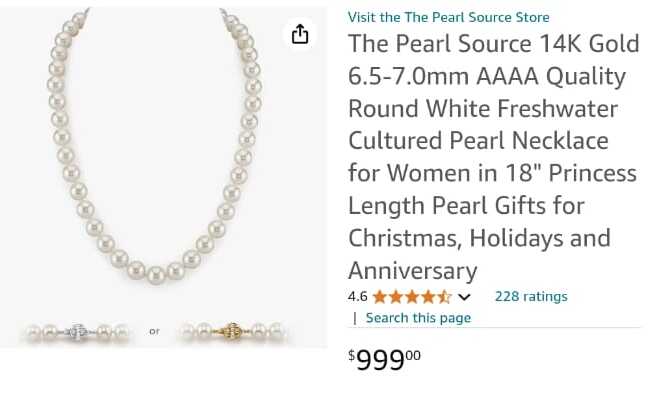
Tahitian Pearls
Tahitian pearls are unique for their dark, exotic colors, ranging from black and gray to green and blue overtones. Despite their name, they are actually cultivated in French Polynesia. Their mysterious beauty and rarity make them more expensive than many other types of cultured pearls.
Price Range:
- Small (8–9mm): $200–$800
- Large (10–12mm): $1,000–$6,000+
On Amazon: Tahitian pearl necklaces range from $100 to $3,700, depending on size and quality.
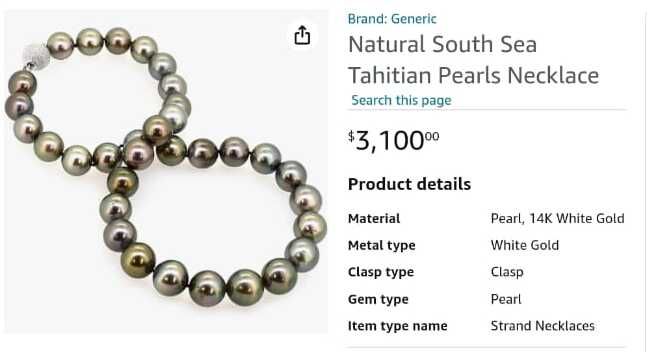
South Sea Pearls
South Sea pearls are among the largest and most luxurious cultured pearls, often characterized by their impressive size, silvery-white, or golden hues. They are farmed primarily in Australia, Indonesia, and the Philippines, making them rarer and pricier.
Price Range:
- Small (10–11mm): From $1,000
- Large (15mm+): $5,000 to $100,000+
On Amazon: Prices start at $500 and go up to $22,500 for high-end pieces.
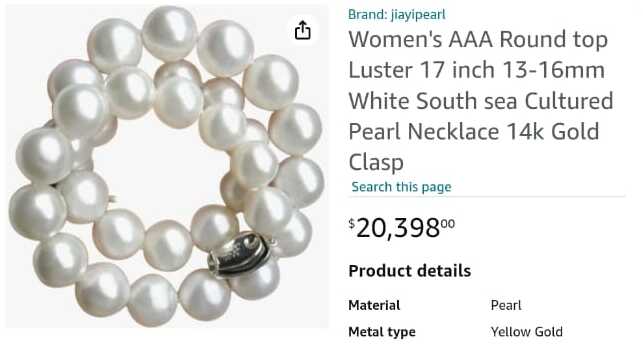
Factors Influencing the Value of Pearls
Several key factors determine the value of a pearl. Let’s break them down:
1. Size
The size of a pearl plays a crucial role in its worth. Pearls are measured in millimeters, and larger pearls are generally more valuable. The size is influenced by the type of mollusk and the amount of time the pearl spends growing inside the shell.
- Typical Sizes: Freshwater pearls range from 5mm to 12mm, Akoya pearls from 2mm to 10mm, Tahitian pearls from 8mm to 14mm, and South Sea pearls can exceed 20mm.
- Value: Larger pearls tend to be rarer and more expensive, especially those over 10mm.
2. Luster
Luster refers to the shine and reflection on the surface of the pearl. High-quality pearls have a mirror-like surface with deep, sharp reflections, while lower-quality pearls may appear dull or chalky. The luster is directly linked to the thickness and quality of the nacre.
- High-Luster Pearls: These are the most prized pearls and can fetch higher prices.
- Low-Luster Pearls: They are cheaper, but they might not shine as brightly.
3. Shape
While perfectly round pearls are the most valued, pearls come in a variety of shapes, each offering unique beauty. Non-round shapes can sometimes reduce the price, but baroque or teardrop-shaped pearls are often used in designer jewelry and can still be valuable.
- Common Shapes: Round, near-round, oval, drop, baroque, and button.
- Value: Perfectly round pearls are the most valuable, but well-formed baroque pearls can also command high prices in artistic pieces.
4. Color
Pearls come in many colors, from classic white to rare black and everything in between. Special colors, like deep gold or bright pink, can make a pearl much more valuable.
- Popular Colors: White, cream, black, silver, gold, and pink.
- Value: Rare colors like deep golden South Sea pearls or vivid Tahitian pearls with strong overtones are highly prized.
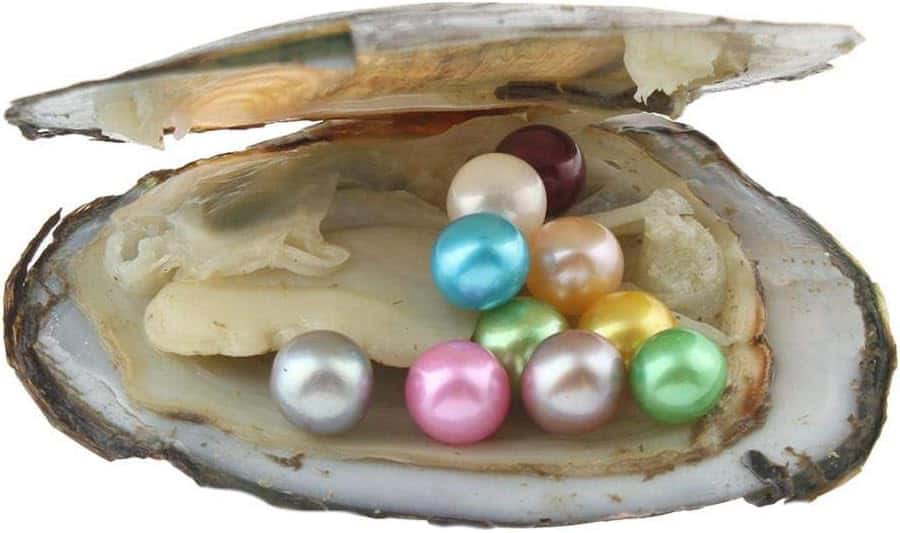
5. Surface Quality
The smoother the surface of the pearl, the more valuable it is. Pearls with few marks or flaws are seen as the best quality, while those with spots or bumps are cheaper.
- Clean Surface Pearls: Valuable pearls have few or no marks on them.
- Spotted or Blemished Pearls: These pearls can still be pretty, but they cost less.
6. Origin
The origin of a pearl affects its value. For example, South Sea and Tahitian pearls are more expensive because they are rare and harder to farm. On the other hand, freshwater pearls are grown in larger numbers, so they are usually more affordable.
Pearl Grading Systems
Pearls are graded based on their quality using two main systems: A-AAA and A-D. Here’s how these systems work and how they affect prices:
A-AAA Grading
- AAA: Top quality. Bright shine with very few flaws. Most expensive.
- AA: Good quality with minor marks. Less costly than AAA but still valuable.
- A: Noticeable flaws and lower shine. Most affordable.
Impact on Price:
Higher grades like AAA are worth more. Lower grades like A are budget-friendly but less perfect.
A-D Grading
This system ranks pearls from A (best) to D (lowest) based on surface quality and shine.
- A: Highest quality. Very shiny with minimal flaws.
- B: Good luster with a few small marks.
- C: Noticeable blemishes and average shine.
- D: Lowest quality. Many flaws and dull surface.
Impact on Price:
Higher grades like A cost more because of their beauty. D-grade pearls are more affordable but less attractive.
Frequently Asked Question's
It depends on the type and condition.
- High-quality pearls like South Sea or Akoya with certificates are easier to sell, especially through auction houses or luxury resellers.
- Low-cost freshwater pearls or unbranded items can be hard to sell and usually don’t retain value.
Tip: To increase your chances, sell pearls that are certified, in great condition, and from known brands.
In most cases, no—but there are exceptions.
- Diamonds tend to hold higher value per carat and are more commonly used in investment jewelry.
- However, extremely rare pearls—like the natural “Pearl of Lao Tzu” (worth over $100 million)—can surpass even large diamonds in value.
So, while most pearls aren’t worth more than diamonds, the rarest natural pearls can be incredibly valuable.
Yes—natural pearls are rarer than gold.
- Gold is mined and refined in large quantities.
- Natural pearls form by chance in wild mollusks, and only 1 in 10,000 oysters produces a natural pearl.
However, cultured pearls, which are farmed with human help, are not as rare and are widely available.
Yes—in most cases, pearls can lose value over time, especially if:
- The nacre wears down (causing a dull appearance)
- They become scratched or yellowed
- They are unbranded or fashion-grade
However, vintage or antique pearls from luxury brands (e.g., Mikimoto, Cartier) can hold or even increase in value if well cared for.
Final Thoughts
Pearls are not just beautiful—they’re rich in history and meaning. Whether you’re choosing a simple freshwater necklace or investing in a rare natural or South Sea piece, knowing what affects their value helps you make a smart choice.
From $10 to $100,000, the worth of pearls truly spans a wide spectrum. It all comes down to type, size, shine, shape, and story.

